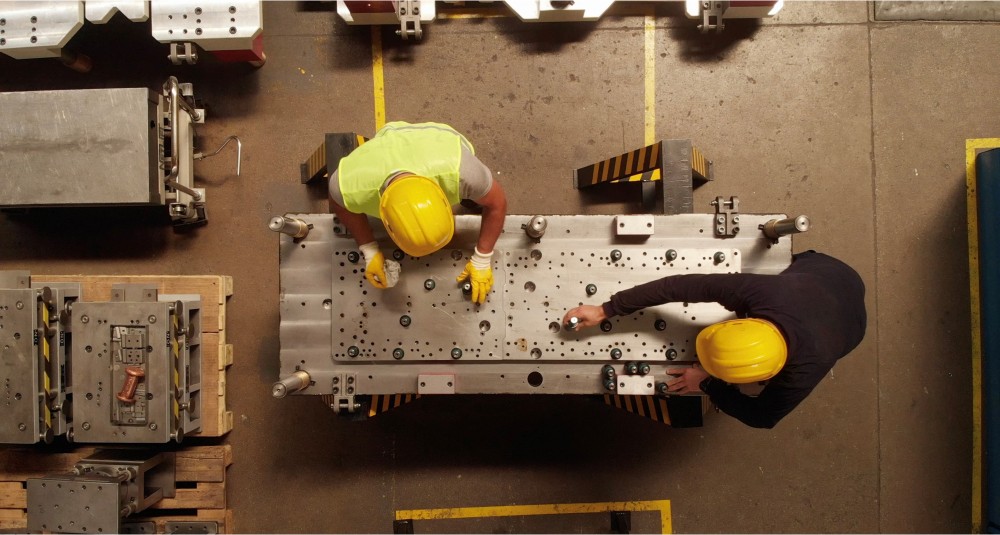Competing in today’s economy is increasingly demanding and challenging. In fact, only 52 companies that were in the Fortune 500 in 1955 remain on that same list today.
Challenges such as constant adaptation to market trends have led to the need to adopt new organisational methodologies that guarantee flexible, agile and innovative teams capable of delivering efficient and quality processes. Some of their keys to success are organising teams by value stream and ensuring leadership involvement on an ongoing basis.
Organisation by value stream
Traditionally, a company is organised by function and each department is focused on its own operations and responsibilities. According to this structure, each team has a set of tasks related to its area of knowledge. The main advantage of this model is the focus on resource efficiency, which ensures that, within each area, people are highly specialised in their functions and that their processes are optimised. However, in the functional division there are often communication problems, unbalanced teams, lack of flexibility and long waiting and validation times.
In a value stream organisation, the focus is on agility. In this type of structure, the aim is to accelerate the value creation process and increase customer focus. Therefore, all resources are flexible, and the teams are organised under an end-to-end perspective with a focus on the customer product. In this scenario, the objective is flow efficiency, that is, to ensure that production is carried out in the shortest Lead Time possible. As a result, there is a production flow closer to unitary, and the work in progress is drastically reduced. In practice, there is now a team for product family A and another for product family B, where there are elements with distinct functions in each of them.
In this type of organisation, there are often teams that are not allocated to any of these product families, and which serve to absorb the variability in demand. With this type of model, also known as agile organisation, it becomes possible to reduce the inefficiencies of the functional structure, ensuring a better balance of resources and greater accountability and motivation of employees.
Leadership involvement
As Gerard Poolman, CI Manager at Shell, says, top management involvement is considered the key influencer for the success of any kind of transformation. In fact, leadership must play an active role in directing and encouraging action, giving responsibility and autonomy to the different teams so that excellence can be achieved overall.
To demonstrate this support, it is essential that leaders develop three complementary behaviours: expressing, modelling and reinforcing. Firstly, express why the transformation is important and do it in an authentic and genuine way. Then, modelling, that is, to lead by example. To do so, they should not only practice behaviours such as Gemba walks and participate in daily team meetings, but also make this transformation a priority and thus allocate internal resources to its implementation. Finally, they should reinforce through positive promotion or recognition the behaviours in line with the principles of the transformation in question.
How leadership can build organisational agility
Achieving organisational agility is a leadership process that requires profound changes throughout the organisation. This process begins with identifying the company’s business lines and their share in the total turnover. A detailed mapping of each value stream is then carried out and the different functions involved in each of these processes are identified. This mapping is used to restructure the teams, adjusting them to the new agile concept. It is in this phase that the leadership’s role will dictate the success of the transformation, enhancing the company’s development and guaranteeing competitiveness in the market in which it operates.
#assembly manufacturing #process manufacturing #culture and organisation #operations
See more on Assembly Manufacturing
Find out more about transformation in this sector
See more on Culture & Organisation
Find out more about improving this business area
